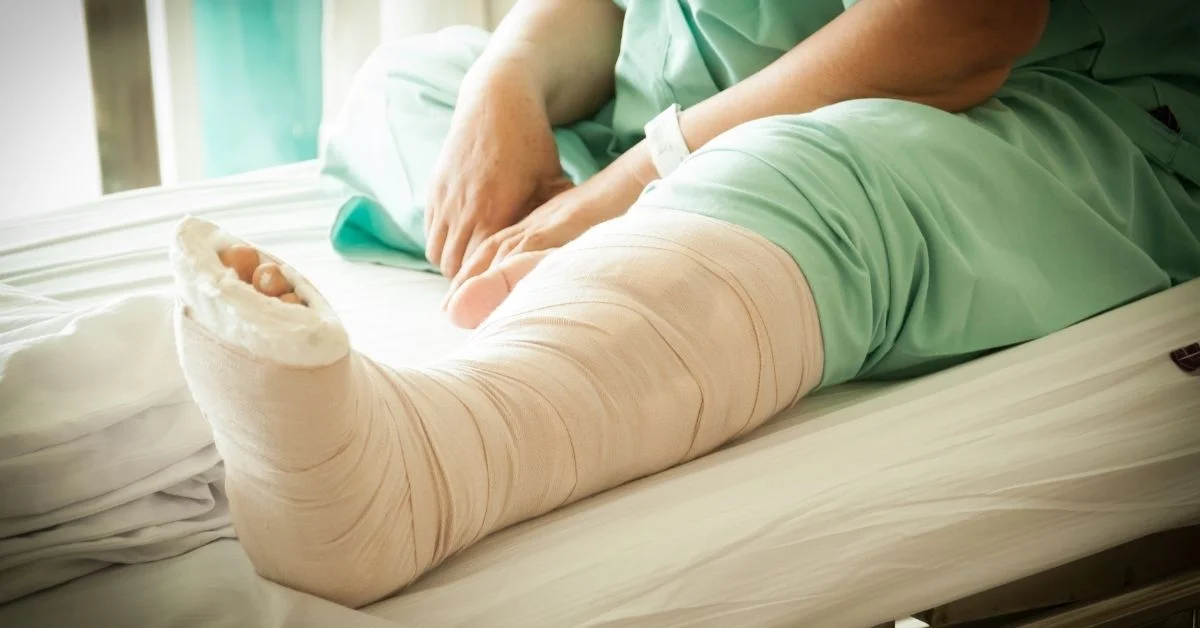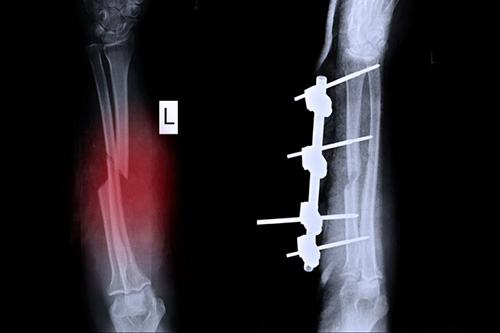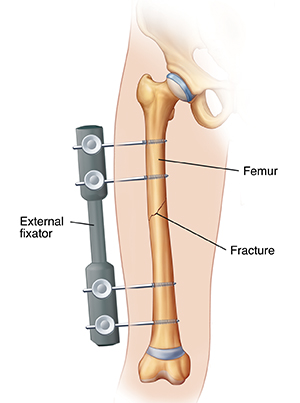Fracture Fixation
To keep the body in good health is a duty... otherwise, we shall not be able to keep the mind strong and clear.
Fracture Fixation
When a bone is broken (or fractured) and the pieces are sufficiently out of alignment or potentially unstable, then they need to moved back into position and stabilized. This is sometimes referred to by patients as having the bones “re-set”. The correct term to describe this for orthopaedic surgeons is to perform a “reduction”. This can occur by “closed” means (without using a surgical incision) or as an “open” surgery (a formal surgical procedure that requires an incision). When treated “closed”, these can often be placed into splints and casts to temporarily immobilize the injury and allow the body to heal it. If the fracture pattern, location or severity does not allow for this to occur, then the “open” surgery is performed to align the bones and provide a mechanism to stabilize them to allow for the appropriate healing.

What are the treatment options for Fracture Fixation?
There are several different types of Fracture Fixation.
We are here to help you Get relief from your pain
Get reed of from various body pain from our experienced doctor.


